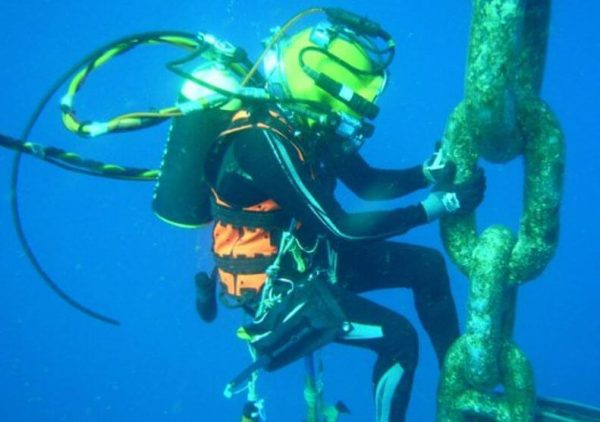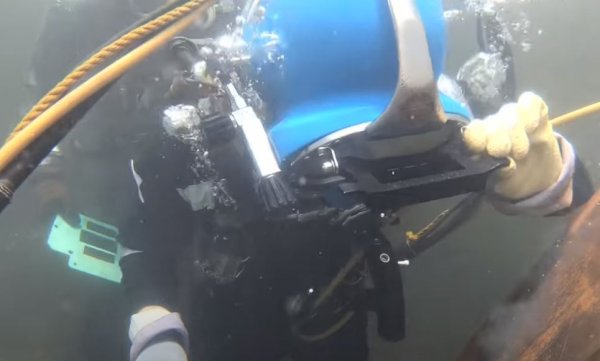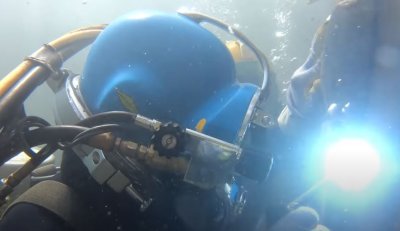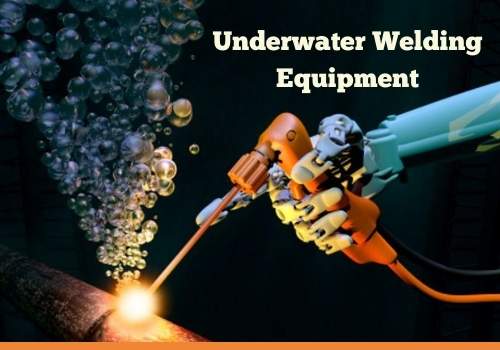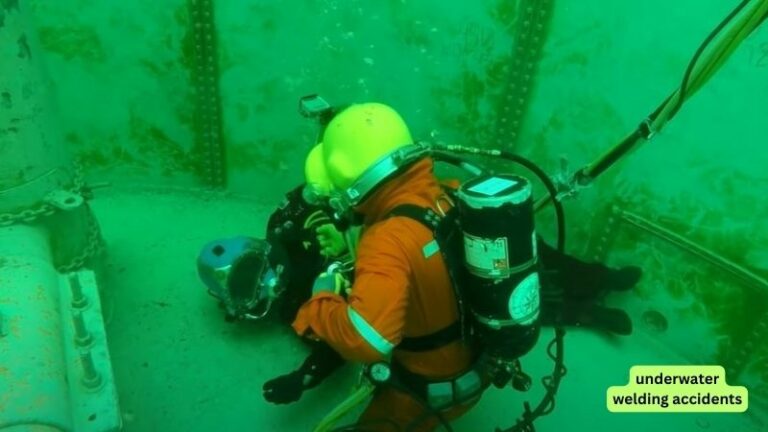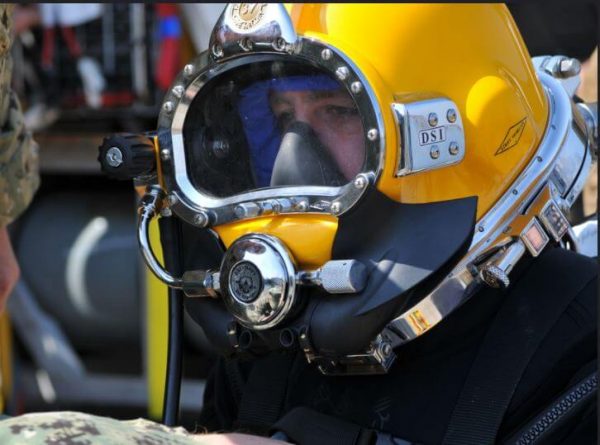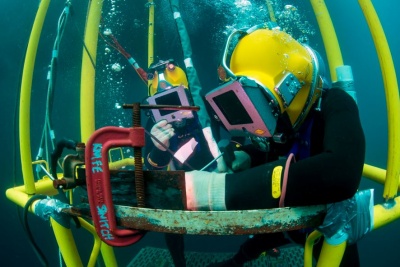6 Accidents In Underwater Welding
Today we discuss some common Accidents In Underwater Welding. Generally, A lot of people believe that underwater welding is dangerous because you are in a water-filled environment. But what they don’t realize is the dangers of welding come from the dangers of working with electricity, not just being submerged in water. Suppose, if an electric arc is misdirected and it hits your gas tank, then there will be an explosion.
The underwater welding industry is one of the most dangerous jobs in the world. The job requires much skill and training because there are many dangers involved in this profession. Underwater welders often work with electricity and high-voltage currents that can be deadly if they come into contact with them.
The dangers of an accident during underwater welding:
Flash burn :
The most common type of accident in underwater welding is a flash burn. A flash burn occurs when the hot molten metal touches the skin and causes burns. They are often caused by welders lifting their face shields or turning away from an arc to check their work, leading to a momentary lapse in concentration that can result in severe injury.
Running out of air while submerged at depth:
One type of accident that often happens during underwater welding is running out of air while submerged at depth. To prevent this from happening, divers usually go with another person who can bring them back up to the surface.
Metal misaligned causing an incomplete seal:
Another type of accident that sometimes occurs is when two pieces being welded together are misaligned causing an incomplete seal on one side and potentially leading to leaks.
Not enough water pressure for air bubbles to escape:
one type of accident happens when there is not enough water pressure for air bubbles to escape through the welding area, which makes them become trapped under high pressure until they explode with great force.
Lack of oxygen:
The most common type of accident in underwater welding occurs due to lack of oxygen, which can lead to drowning or death by drowning.
Decompression sickness:
Underwater welders may also suffer from decompression sickness, which is caused by too rapid a descent into the water. Symptoms include dizziness, nausea, and vomiting. Other risks associated with welding accidents include burns and electric shock.
Tips for safe underwater welding practices:
- When welding underwater, you should be sure to use a welding helmet with an attached shield.
- It is important for welders to take care of their eyes and wear goggles when working underwater.
- Do not drink any liquids before beginning work as it can lead to dehydration
- The best way to avoid burns while welding is by using gloves that are made out of leather or neoprene which will protect the hands from heat and sparks.
- Watch out for sharp edges on metal pieces under water because they can cause cuts in the skin.
- Use long sleeves and pants to cover as much skin as possible when working with hot metal, like molten aluminum.
- Make sure you have enough air supply when working underwater – never go below 10 feet without an air tank or dive suit.
- Keep the welding rod at least 12 inches from the bottom of the tank.
- Have at least one person on deck who can rescue you if necessary.
- Check for gas leaks before starting the welder by spraying soapy water on all connections.
- Never dive into water that has not been tested for hydrogen sulfide levels.
- If you have more than one person working underwater, be sure they are communicating with each other so they can avoid collisions
- Don’t weld if you’re feeling fatigued – take a break instead; it’s better to be safe than sorry!
- Follow all safety precautions while using electricity near water – never get close enough that it could cause electrocution.
- Keep your faceplate on to avoid breathing in water or fumes.
- Practice good work habits, including keeping your hands away from the arc when not necessary.
- Don’t weld for more than 6 hours at a time without taking a break.
Qualifications needed to become an underwater welder:
The qualifications needed to become an underwater welder are extensive. This is because it is important for the welders to have the skills and knowledge of someone who has been welding on land. They must be able to properly use a variety of welding equipment, including MIG, TIG, and arc welding tools in order to complete their work. They also need excellent communication skills so they can relay information about their work back up to the surface while being submerged underwater at depths that vary from shallow reefs with 10-foot visibility down deep enough for them not see anything but blackness around them.
In addition, you need to have a few qualifications as well as skills to become an underwater welder. Qualifications include being able to swim and hold your breath for at least two minutes. In addition, you should have welding experience and be certified by the American Welding Society or AWS. The other important qualification is having a commercial diving license from PADI. Lastly, it’s best if you’re in good physical shape with a high degree of flexibility and stamina because working underwater can be very physically demanding on one’s body!
Faq’s for Accidents In Underwater Welding:
If you have a passion for underwater welding, then this is the perfect career path for you. However, if safety and quality are important to your business model, there are many things that need to be considered before diving in head first. Safety should always come first when it comes to underwater welding – so make sure you read up on all of the latest regulations from OSHA or other organizations involved with occupational health and safety.
You will also want to invest some time into researching any courses available through your local community college or online platforms like Coursera which can help teach basic knowledge on how welders function underwater.
